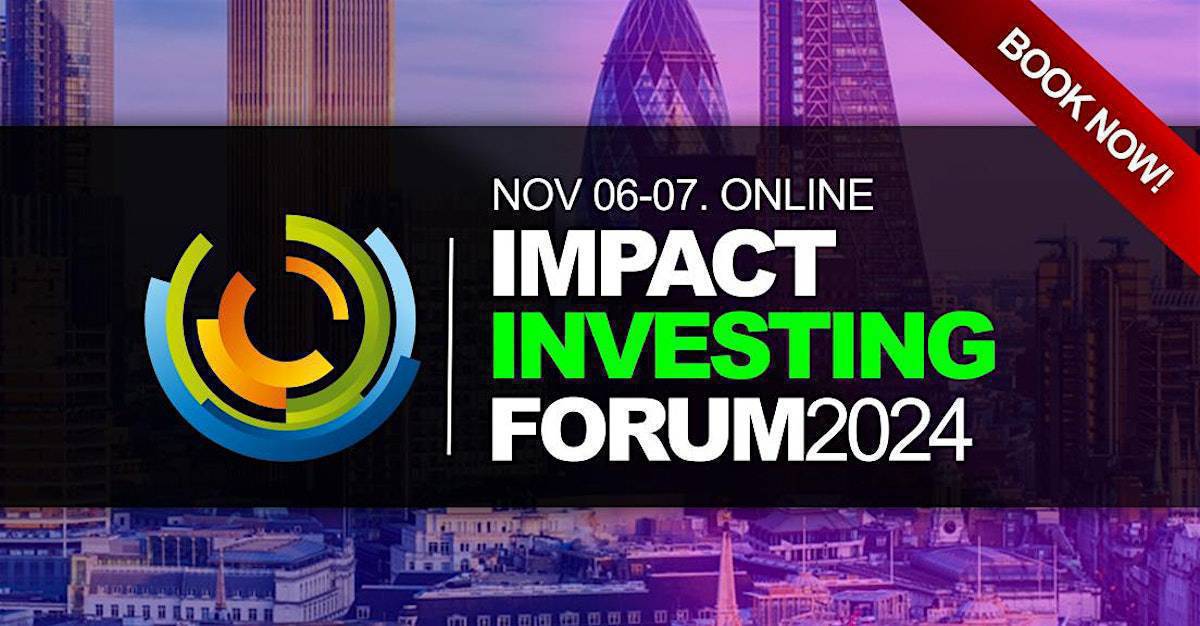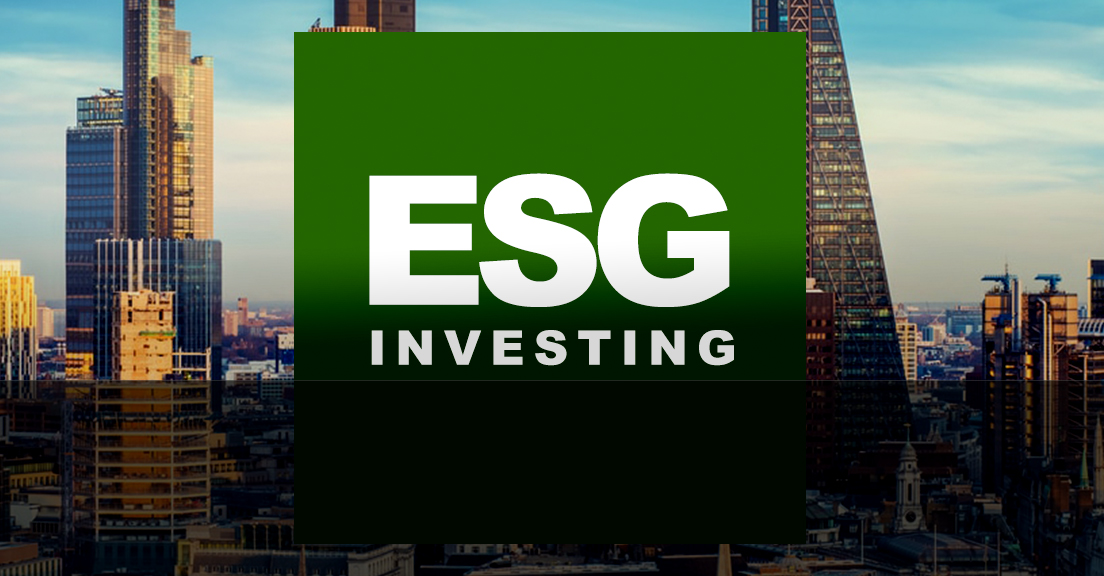Global ESG trends for 2022 thecsrjournalGlobal ESG trends for 2022 thecsrjournalGlobal ESG trends for 2022 thecsrjournal
Impact Investing Forum 2024
https://impactinvestingconferences.com/
Online Event. Nov 06-07, 2024.
Book Now!
Evolving efforts will be made to establish standardised reporting requirements next year. This will have a tangible impact on ESG data. Sustainable Fitch has released a report stating that this ESG theme will gain prominence over 2022. In conjunction, the nexus between environmental and social issues will become stronger as ESG integration becomes more sophisticated as more disclosures and data become available.This can manifest in various ways, be it a greater importance placed on just transition issues and the impact of investment strategies, supply-chain evaluations, or the issuance of sustainability bonds that include social and environmental goals.We expect to see a rising level of issuance of sustainability and sustainability-linked debt as investors combine climate and social objectives under single mandates. The EU’s draft Social Taxonomy will be released in 2022 to reflect a growing demand for ESG integration and evaluation and guidance on how to capture and address wide-ranging issues. This is related to the COP26 focus on the emerging market financing gap and ways to encourage lending for adaptation and mitigation projects.
Investors and reporting entities will be very interested in the new ESG disclosures in 2022. They can have a significant impact on a multitude of market participants and jurisdictions and bring much-needed consistency and harmonisation. Areas to watch are the development of the ISSB under the auspices of the IFRS, the updated climate risk disclosures from the US SEC and work in the EU on the SFRD regulatory technical standards.Resilience, Responsibility in Supply ChainsIncreasing regulatory attention on environment and social risks, and shifting consumer preferences for sustainable products have emphasised the importance of sustainable, resilient, ethical and transparent supply chains. ESG considerations will result in a more long-lasting structural shift in the way companies think about supply and value chains. In 2021, the global tech sector’s largest sustainability bond issue, at $5.75 billion, was launched by Alphabet Inc. This was done against the backdrop of increased attention to the social effects of technology platforms and products. A California law passed in September will raise standards regarding worker safety and well-being. China has introduced regulations to the technology sector in areas such as internet content for children and working conditions of e-commerce delivery drivers. Fitch assigned ESG Relevance Scores of 4 in Labour Relations & Practices, Exposure to Social Impacts and Access to Information to several Chinese issuers that were subject to the new laws. These systems are used in advertising, financial services, and human resource management. However, they could have huge impacts if they are more widely adopted without considering these unintended consequences. A Princeton University study in 2017 found that commercial AI software programmes rated European names higher than African-American names and linked female names to family characteristics rather than professional ones. Fitch’s ESG Relevance Score framework could capture these risks under one of three social general issues – Human Rights & Community Relations, Customer Welfare, Employee Wellbeing, or Exposure to Social Impacts.Sustainability Disclosures: From Drawing Board to RealityEvolving efforts to establish more standardised reporting requirements will take shape next year and their impact on ESG data and reporting will begin to become more tangible. This is a continuation on one of Sustainable Fitch’s 2021 themes (ESG Data Deluge). However, they expect to see 2022 the contours for standardised disclosures in major jurisdictions, especially around climate. Investors and regulators demand a greater standardization and harmonisation of ESG data and disclosures from financial institutions and corporates. Investors and regulators have criticized this as a source of frustration and inconsistencies in ESG integration strategies. Standardised reporting can create a more harmonised set decision-useful data that investors, regulators, and other stakeholders can use to compare and scrutinise financially material sustainability risk as well as – in the case of EU’s double-materiality principle – adverse impacts of investments or operations on sustainability. Supply chains have been a pressing concern throughout the Covid-19 pandemic, and will continue to be relevant in 2022. As they relate to ESG considerations, how investors, policy makers, and regulators scrutinise supply chain supply chains, resilient, responsible value chains will be a structural feature. Potential threats include the physical climate, transition risks, and social issues surrounding employment and labour practices. Sectors such as food and beverages, apparel and textiles and agriculture are at greater risk. Social issues around employment and labour practices are also being considered. As regulatory scrutiny increases, it is possible to cause significant reputational and financial losses by failing to manage supply chain risks and oversee them properly. The global supply chain has been in turmoil since the outbreak of Covid-19, especially for companies that were directly exposed to it. Fitch, in a report on the future of trade & supply chains, stated that protectionism and trade disputes will continue to pose risks to supply chains in the post-pandemic year an assessment. A volatile political environment and weaker macroeconomic conditions are likely to limit corporates’ ability diversify and implement alternative sourcing options to generate profit and test their ability to generate profitability. The ongoing trade tensions between China and the US have increased pressure on global business and raised risks of relying on one supplier. Global manufacturers will need to reconsider the critical functions and resilience supply chains through alternative sourcing strategies. As investors and stakeholders demand more transparency and accountability in value chain value chains, corporates may consider the wider implications of supply-chain resilience. Previous articleA conversation with Rani Kohe-Nur, aka Sushant Divgikar, LGBTQIA+ activist. Next articleTCS is India’s Largest Employer for Women: Report The CSR Journal
Read MoreGlobal ESG trends for 2022 thecsrjournal


